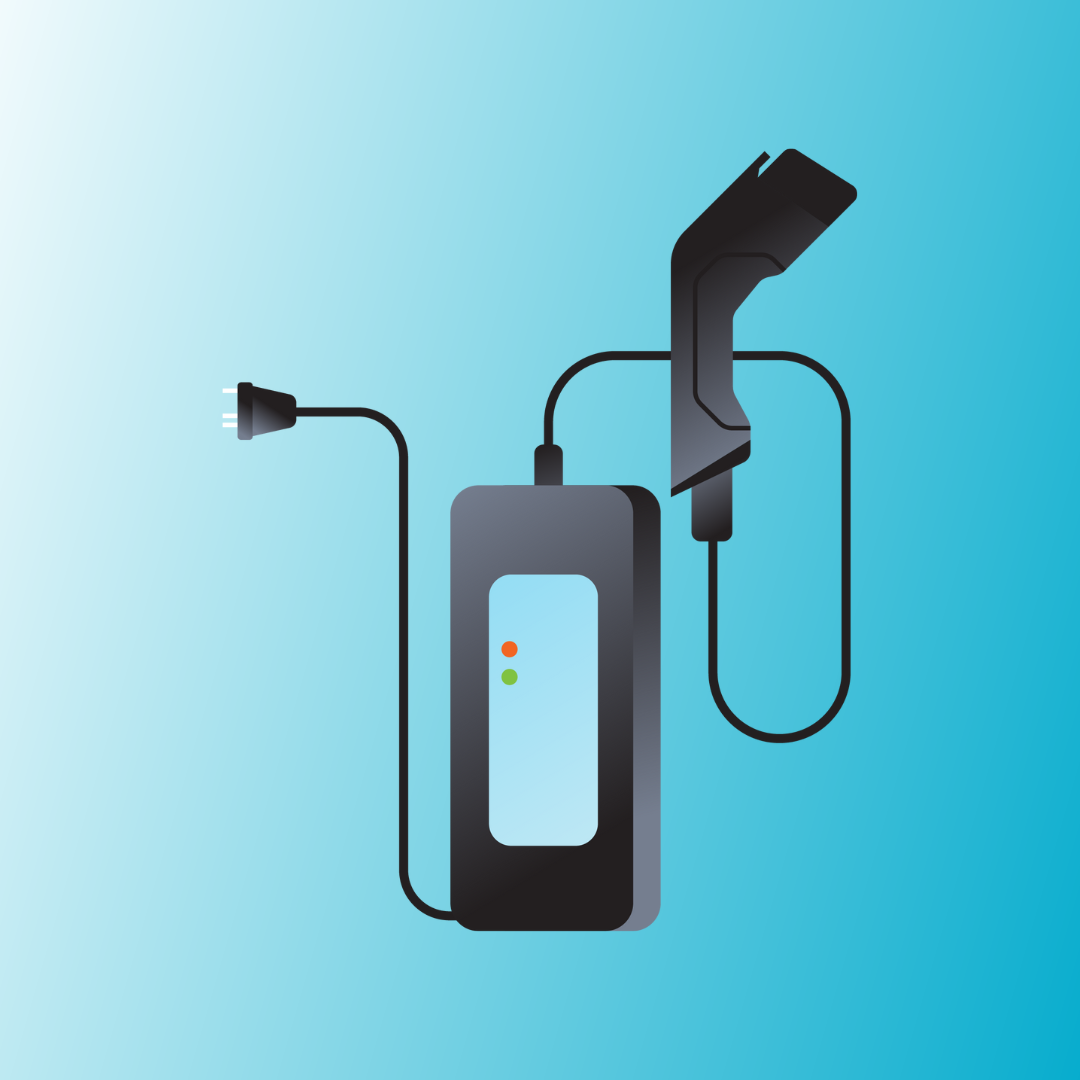The Ongoing Battle: Car Dealers Renew Opposition To Electric Vehicle Requirements

Table of Contents
Financial Concerns of Dealerships Regarding Electric Vehicle Requirements
The financial implications of stricter electric vehicle requirements are a major source of concern for many dealerships. The shift to EVs presents unique challenges to their established business models.
Reduced Profit Margins on EVs
Dealerships traditionally generate significant revenue from servicing internal combustion engine (ICE) vehicles. EVs, with their simpler mechanics and fewer moving parts, require considerably less maintenance. This directly impacts revenue streams, creating a significant challenge for dealerships accustomed to higher profit margins from ICE vehicle servicing. Furthermore, the initial investment in EV infrastructure is substantial.
- Lower service revenue per vehicle: The reduced maintenance needs of EVs translate to fewer service appointments and lower overall revenue.
- Higher initial investment costs for dealership upgrades: Dealerships need to invest in specialized tools, charging stations, and employee training to service EVs effectively. This represents a significant upfront cost.
- Uncertainty surrounding long-term EV profitability: The long-term profitability of EV servicing is still uncertain, leading to hesitation among dealerships regarding large-scale investments.
Inventory Management Challenges
The current lower sales volume of EVs compared to ICE vehicles creates significant inventory management challenges. Accurately forecasting EV demand is difficult, leading to potential issues with stock levels.
- Difficulty predicting EV demand accurately: The market for EVs is still developing, making it challenging to predict future demand with precision.
- Higher risk of unsold inventory: Overstocking EVs could lead to significant financial losses for dealerships.
- Increased logistical complexities associated with EV supply chains: EV supply chains are often more complex than those for ICE vehicles, potentially leading to delays and disruptions.
Resistance to Change and Lack of Training for Electric Vehicle Sales and Service
Another key factor fueling opposition to stricter electric vehicle requirements is the resistance to change and the lack of adequate training within dealerships. The transition to EVs demands significant changes in sales and service strategies.
Sales Staff Training
Selling EVs requires a different skillset than selling ICE vehicles. Sales staff need to be knowledgeable about battery technology, charging infrastructure, government incentives, and the overall benefits of EV ownership. This necessitates comprehensive training programs.
- Need for specialized EV sales training programs: Dealerships need access to high-quality, industry-recognized EV sales training.
- Costs associated with staff retraining and certification: Retraining staff requires investment in time and resources, which can be a burden for some dealerships.
- Potential shortage of trained EV specialists: A shortage of qualified EV specialists could further hinder the transition to EVs.
Service Department Adaptation
Servicing EVs is fundamentally different from servicing ICE vehicles. Dealerships need specialized tools, diagnostic equipment, and technicians trained in EV-specific repair procedures. This requires a significant investment.
- Need for specialized EV diagnostic equipment: Diagnosing and repairing EV issues requires specialized tools and equipment, representing a considerable investment.
- Training mechanics on EV-specific repair procedures: Mechanics need specialized training to work on high-voltage systems and other EV-specific components.
- Higher cost of specialized EV parts: EV parts can be more expensive than their ICE counterparts, impacting service costs and potentially customer satisfaction.
Consumer Concerns and Market Perception Influencing Electric Vehicle Requirements Opposition
Dealerships often point to consumer concerns as a justification for their opposition to aggressive electric vehicle requirements. These concerns, while often valid, need to be addressed to facilitate a smoother transition.
Range Anxiety and Charging Infrastructure
One major consumer concern is "range anxiety"—the fear of running out of battery power before reaching a charging station. The lack of widespread, reliable public charging infrastructure exacerbates this concern.
- Consumer apprehension about EV range: Many consumers are hesitant to adopt EVs due to concerns about their limited range compared to ICE vehicles.
- Need for wider adoption of public charging stations: A denser network of public charging stations is crucial to alleviate range anxiety.
- Addressing concerns about charging time and convenience: Faster charging times and more convenient charging options are necessary to address consumer concerns.
Higher Purchase Prices
The higher initial purchase price of EVs compared to comparable ICE vehicles remains a significant barrier to entry for many consumers. This price difference can be a major factor influencing purchase decisions.
- Price gap between EVs and ICE vehicles: The price difference between EVs and ICE vehicles needs to be reduced to make EVs more accessible to a wider range of consumers.
- Government incentives to bridge the price gap: Government incentives and subsidies can help bridge the price gap and encourage EV adoption.
- Consumer affordability and financing options: Accessible financing options are essential to make EVs more affordable for consumers.
Conclusion
The debate surrounding electric vehicle requirements is complex and multifaceted. Dealerships' opposition, driven by financial concerns, the need for adaptation, and lingering consumer anxieties, presents a significant challenge to the widespread adoption of EVs. However, the transition to sustainable transportation is inevitable. Addressing the concerns of dealerships through government support, targeted training initiatives, and proactive strategies to address consumer anxieties is crucial. Ignoring these concerns will only hinder progress. A collaborative approach, focusing on solutions that balance the interests of dealerships with the urgent need to meet electric vehicle requirements, is essential for a successful transition to a cleaner automotive future. Proactive engagement and collaborative strategies are the key to overcoming the challenges posed by this ongoing battle regarding electric vehicle mandates and ensuring a smooth transition to a sustainable transportation ecosystem.

Featured Posts
-
 Police And Emergency Services Games Paramedics Outstanding Performance
May 29, 2025
Police And Emergency Services Games Paramedics Outstanding Performance
May 29, 2025 -
 Qiagen N V Q1 2025 Financial Update Strong Performance And Revised Guidance
May 29, 2025
Qiagen N V Q1 2025 Financial Update Strong Performance And Revised Guidance
May 29, 2025 -
 Jason Isaacs Picks His Perfect Lucius Malfoy Replacement For A Future Harry Potter Series
May 29, 2025
Jason Isaacs Picks His Perfect Lucius Malfoy Replacement For A Future Harry Potter Series
May 29, 2025 -
 Ecdc Il Vaccino Covid 19 Riduce Il Rischio Di Long Covid Del 27 Negli Adulti
May 29, 2025
Ecdc Il Vaccino Covid 19 Riduce Il Rischio Di Long Covid Del 27 Negli Adulti
May 29, 2025 -
 Kylian Mbappe A Real Madrid Future Winning It All
May 29, 2025
Kylian Mbappe A Real Madrid Future Winning It All
May 29, 2025
